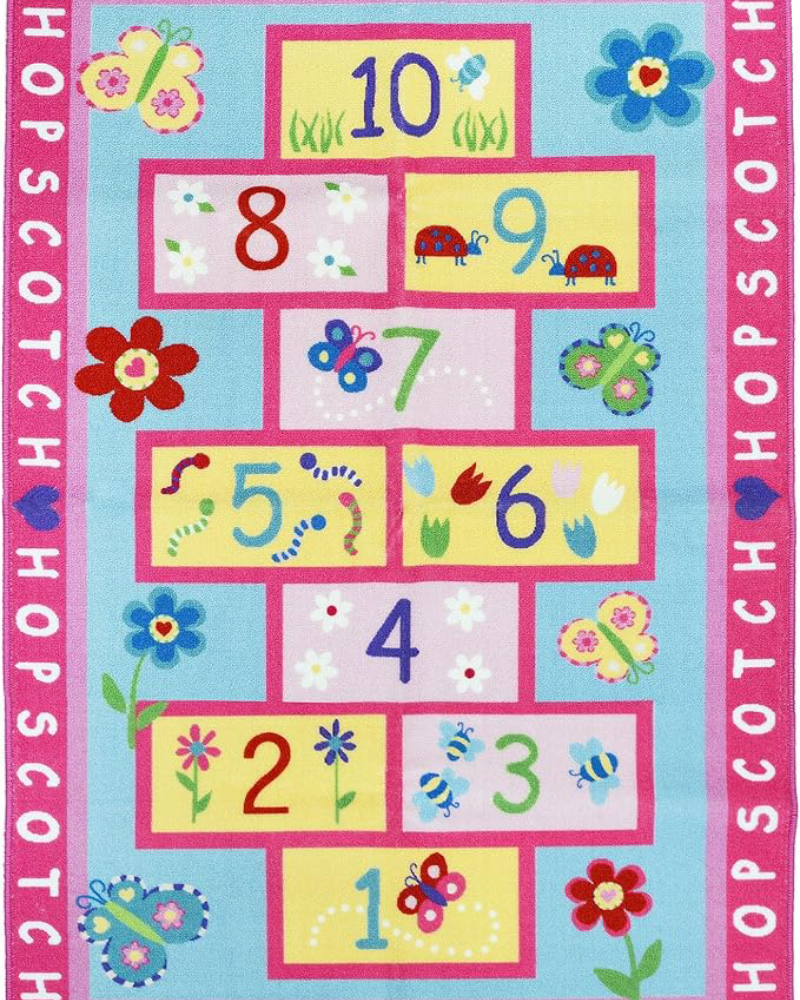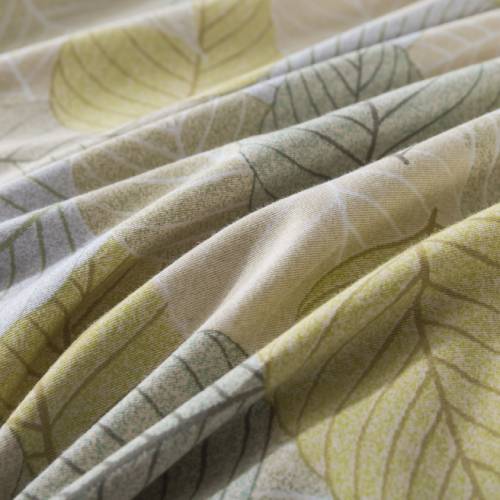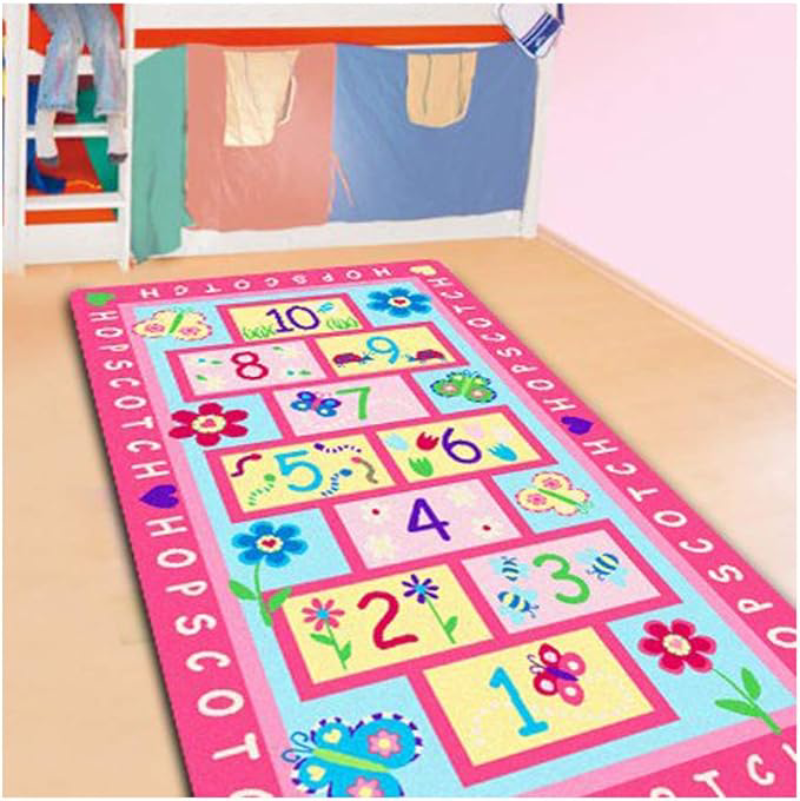Digital print craft merges cutting-edge technology with artistic expression, enabling the transfer of intricate designs onto diverse materials—from fabric and paper to ceramics and metal. Unlike traditional methods, this technique relies on digital files and specialized printers, offering unparalleled flexibility, speed, and customization. This article explores its evolution, techniques, applications, and impact on modern creativity.
A Brief History
Digital printing emerged in the 1990s as advancements in inkjet and laser technologies democratized design production. Early adopters in advertising and photography paved the way for industries like fashion and interior design. Today, innovations such as UV-curable inks, dye-sublimation, and 3D digital printing continue to expand its possibilities.
How It Works
1. Design Creation: Artwork is crafted digitally using software like Adobe Illustrator or Procreate.
2. File Preparation: The design is optimized for printing (color calibration, resolution adjustments).
3. Printing Process: Inkjet or laser printers apply pigments directly to the substrate, layer by layer.
4. Finishing: Post-processing (e.g., heat-setting for fabrics, varnishing for posters) ensures durability.
Advantages Over Traditional Methods
Customization: Print-on-demand allows single-unit production, ideal for personalized goods.
Speed: No need for screens or plates; designs go from screen to product in hours.
Detail & Complexity: Achieves photorealistic gradients and fine patterns unattainable with analog techniques.
Sustainability: Reduces waste via precise ink application and water-based pigment options.
Applications Across Industries
Fashion & Textiles: Custom apparel, digitally printed scarves, and sustainable “fast fashion” collections.
Home Décor: Bespoke wallpapers, upholstery, and ceramic tiles with intricate patterns.
Marketing: Vibrant banners, packaging prototypes, and limited-edition promotional items.
Art & Photography: Gallery-quality prints, mixed-media installations, and archival reproductions.
Challenges and Innovations
While digital printing excels in versatility, challenges persist:
Color Accuracy: Subtle shifts can occur between screen and substrate.
Material Limitations: Not all surfaces accept digital inks equally.
Cost: High-quality industrial printers require significant investment.
Solutions: Advanced RIP (Raster Image Processor) software, pretreated materials, and hybrid techniques blending digital and traditional methods.
The Future of Digital Print Craft
Emerging trends include:
AI-Driven Design: Algorithms generate patterns or optimize color matching.
Sustainable Practices: Biodegradable inks and zero-waste production cycles.
3D Digital Printing: Layering textures for tactile, multidimensional artworks.
Cultural Revival: Digitally recreating heritage motifs for contemporary markets.
Conclusion
Digital print craft transcends mere replication—it empowers creators to redefine boundaries between art and technology. As accessibility grows and eco-conscious innovations thrive, this medium will continue shaping industries, preserving traditions, and inspiring tomorrow’s visual landscapes. Whether for a boutique textile or a mass-produced billboard, digital printing proves that precision and creativity are no longer mutually exclusive.








